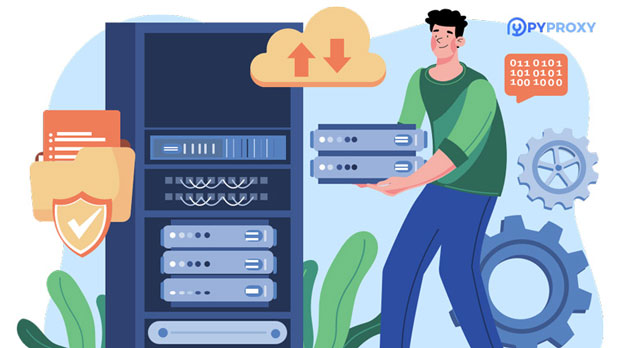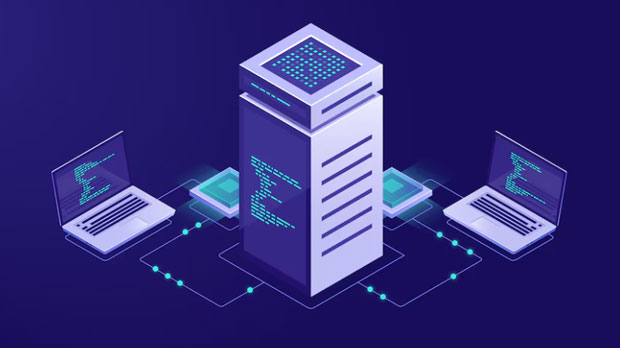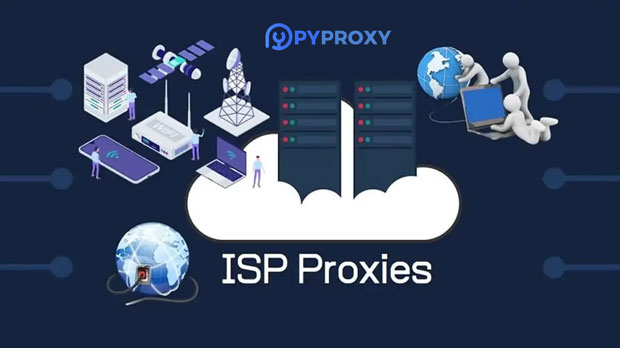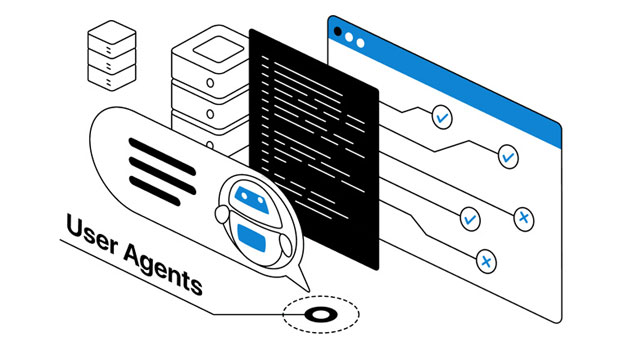In the ever-evolving world of finance, accurate and timely data collection is crucial. Financial analysts, traders, and companies rely on a variety of data sources, such as market prices, trading volumes, and other financial indicators, to make informed decisions. However, obtaining such data often requires navigating through various challenges such as access restrictions, geographical barriers, and website security measures. PYPROXY, with its rotating residential proxies, offers a powerful solution to these problems, enabling users to efficiently collect financial data while maintaining privacy and avoiding detection. This article explores the significant role of PyProxy rotating residential proxies in financial data collection, shedding light on their features, benefits, and practical applications. Understanding PyProxy Rotating Residential ProxiesPyProxy is a tool that provides rotating residential proxies, which are a type of proxy server that allows users to access the internet using IP addresses assigned to residential homes rather than data centers. This unique approach helps to mimic the browsing behavior of regular internet users, making it less likely for websites to detect and block the proxy usage. With PyProxy's rotating feature, users benefit from automatic IP rotation, meaning that each request is routed through a different IP address, further enhancing anonymity and reducing the risk of detection or IP blacklisting.In financial data collection, having a tool that allows seamless and anonymous access to multiple websites is essential. Many financial data providers, such as stock exchanges, forex platforms, and cryptocurrency tracking websites, have strict measures in place to prevent excessive data scraping or bot activity. By using rotating residential proxies, PyProxy allows users to bypass these restrictions and collect the necessary data without interference.Benefits of PyProxy Rotating Residential Proxies in Financial Data Collection1. Enhanced Anonymity and SecurityFinancial data collection often requires gathering large volumes of information from various sources. With rotating residential proxies, the chances of IP addresses being detected and blocked are significantly reduced. By rotating IP addresses with each request, PyProxy ensures that the user’s activities remain anonymous, which is essential for both security and privacy. This helps financial analysts and traders to collect sensitive data without revealing their identity or risking exposure to malicious actors.2. Bypassing Geo-restrictionsMany financial data sources are geo-restricted, meaning that users from certain regions may not be able to access them. PyProxy’s rotating residential proxies provide the ability to appear as though the user is accessing the internet from a different location. This helps bypass geographical barriers and ensures that users can collect global financial data, regardless of their actual location. Whether it’s accessing foreign stock market data, international forex exchange rates, or cryptocurrency pricing in different regions, PyProxy makes it possible to gather data from across the globe.3. Avoiding IP Blocking and ThrottlingWeb scraping for financial data is a common practice, but it often triggers anti-bot measures, such as IP blocking or throttling. When too many requests are sent from a single IP address, websites can detect unusual behavior and block or limit access. By rotating the IP addresses, PyProxy reduces the likelihood of triggering these anti-bot mechanisms, ensuring continuous and uninterrupted access to the data. This is particularly valuable for large-scale data collection efforts, where consistency and reliability are essential.4. Cost EfficiencyObtaining financial data through traditional methods, such as paid subscriptions or direct access to proprietary APIs, can be expensive. In comparison, using rotating residential proxies for web scraping provides a cost-effective alternative. PyProxy offers a scalable solution that can accommodate different needs and budgets, enabling users to gather extensive data without the high costs typically associated with data acquisition.Practical Applications of PyProxy in Financial Data Collection1. Stock Market and Forex Data ScrapingFor traders and analysts, obtaining real-time stock market and forex data is critical. Websites like financial news platforms, brokerage firms, and exchange markets often have strict measures to prevent scraping. PyProxy’s rotating residential proxies enable users to gather real-time market data from multiple sources without facing access restrictions. This allows for a comprehensive analysis of stock trends, forex exchange rates, and other market indicators that influence trading decisions.2. Cryptocurrency Data CollectionCryptocurrency markets operate 24/7 and are subject to high volatility. Traders rely on accurate data, such as historical price trends, trading volumes, and market sentiment, to make informed decisions. However, many cryptocurrency data websites have sophisticated anti-scraping technologies. By utilizing rotating residential proxies, PyProxy allows users to bypass these protections and collect data on cryptocurrency prices and trends from a variety of platforms, ensuring that they have the most up-to-date information available.3. Sentiment Analysis for Financial MarketsIn addition to traditional market data, financial analysts increasingly use sentiment analysis to gauge investor behavior and market trends. This involves scraping social media, news websites, forums, and other online platforms to track mentions of specific stocks, commodities, or currencies. PyProxy can help collect sentiment data by rotating IP addresses and avoiding detection, ensuring that analysts can obtain a comprehensive picture of public sentiment regarding particular financial instruments.4. Competitive Intelligence and Market ResearchFinancial firms often use data collection to monitor competitors and analyze market trends. By scraping competitor websites for financial reports, product launches, or pricing changes, companies can gain valuable insights into the competitive landscape. PyProxy’s ability to rotate IP addresses and bypass geographic restrictions makes it an ideal tool for conducting market research and competitive intelligence without raising suspicion.Challenges and Considerations in Using PyProxy for Financial Data Collection1. Data Quality and AccuracyWhile PyProxy’s rotating residential proxies provide anonymity and access to a wide range of data, it is important to ensure that the data collected is accurate and reliable. Users must be careful to validate the sources and quality of the data to avoid misleading conclusions or incorrect analyses. Financial data is sensitive, and inaccurate information can lead to poor investment decisions or flawed market predictions.2. Ethical and Legal ImplicationsWeb scraping, particularly for financial data, raises ethical and legal concerns. Some data providers prohibit scraping in their terms of service, and bypassing these restrictions could lead to legal repercussions. Users must ensure that they comply with local laws and the terms of service of the websites they are scraping from. While PyProxy can help avoid detection, it is still important to operate within legal and ethical boundaries to avoid potential conflicts.3. Managing Large Volumes of DataFor users conducting large-scale financial data collection, managing the volume of information can be challenging. Ensuring that the collected data is properly organized, processed, and stored is essential for efficient analysis. Additionally, users may need to implement systems to filter out irrelevant or duplicate data, ensuring that only valuable information is retained.PyProxy’s rotating residential proxies are a valuable tool for financial data collection, offering anonymity, security, and the ability to bypass geographical restrictions. They provide a cost-effective and efficient solution for traders, analysts, and researchers seeking accurate and timely financial data from multiple sources. While challenges such as data quality, legal considerations, and large-scale data management exist, the benefits of using PyProxy in financial data collection are clear. As the demand for real-time, global financial information continues to grow, PyProxy remains an essential tool in the modern data collection toolbox.
Nov 12, 2025



































































